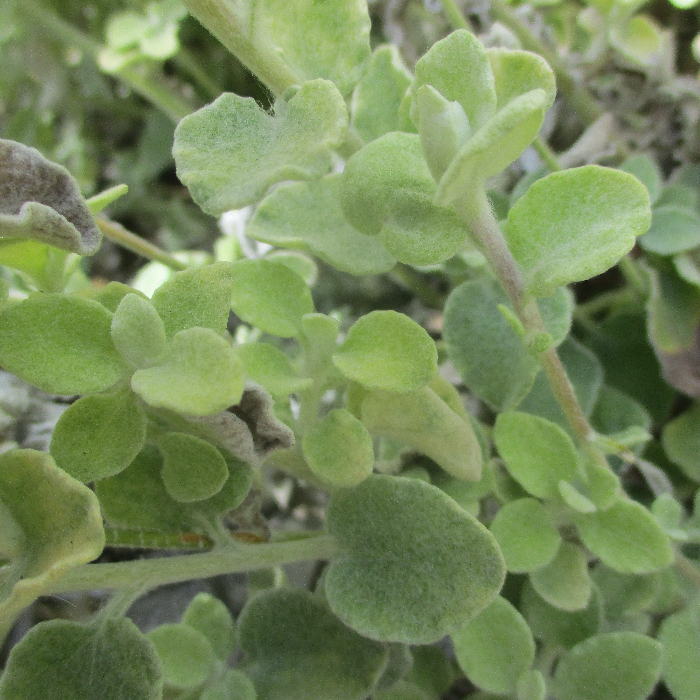UNITED STATES—Nature is smart. It should be. It has been operating efficiently since the beginning of time. That is certainly longer than anyone has been gardening in defiance of nature. Imported plants that need unnatural watering and soil amendment continue to benefit from nature. Some assets, such as weather, are direct from nature. Some, such as mulch, are copied.
Summers are long, dry and somewhat warm here. Without rain, there is plenty of time for the soil that roots inhabit to become dry. Warmth and aridity increase the consumption of moisture by plant species that are not accustomed to such extensively dry weather. That is precisely why landscapes and home gardens are so reliant on supplemental irrigation.
Because water is expensive, plants that do not require much of it are popular. Automated irrigation systems should operate as efficiently as possible to minimize waste. Since turf grass is very consumptive, lawns should not be overly expansive. Conservation of water is common here. There are several techniques for doing so. Mulch is one of the simplest.
Mulch works like the detritus of a natural forest.
Although adding mulch to a garden is unnatural, it works like the natural detritus within a forest. It retains moisture and insulates the surface of the soil. Without mulch, surface soil can become uncomfortably dry and warm for roots. Mulch also inhibits the proliferation of weeds. Because weeds consume moisture, their absence indirectly conserves moisture.
Mulch generally goes into the garden during early spring, before weed seed germinates, and after the removal of the detritus of winter. It can be practical at any time though, even as the soil becomes dry and dusty through summer. Various forms of mulch are available from garden centers. Home compost works splendidly, but costs nothing more than labor.
Alternatively, several types of groundcover can function as mulch. Some types consume more moisture than they conserve, but exclude weeds. Some types, such as ceanothus, lantana and licorice plant, might not crave any more water than the plants they surround. Their maintenance should involve less effort than removal of weeds which they displace. They are more visually appealing anyway.
Highlight: Licorice Plant
This is not the genuine licorice of confectionery. This more popular home garden licorice plant, Helichrysum petiolare, is more of an ornamental plant than a culinary herb. Its mild foliar aroma resembles that of genuine licorice, but is very faint. Without disruption of the foliage, the aroma is imperceptible. Since the foliage can be toxic, the flavor is irrelevant.
Licorice plant is popular for its appealingly silvery foliage. Some cultivars are variegated. ‘Limelight’ is strikingly pale silvery chartreuse. The small, rounded and evergreen leaves are distinctly tomentous (slightly fuzzy). The sprawling stems tend to disperse over older growth and might get deeper than a foot and a half. Mature plants get wider than six feet.
Licorice plant is susceptible to extremes of temperatures. Within more severe climates, it appreciates a bit of partial shade during excessively warm and arid weather. Foliage can roast from harsh exposure. Where winters are cool, foliage appreciates shelter from frost. Roots are susceptible to rot with excessively frequent watering, or inadequate drainage.
Tony Tomeo can be contacted at tonytomeo.com.






